PHOTO:Robert Mapplethorpe, Part II
Robert Mapplethorpe lived a life of passion in the New York underground and rock scenes in the ‘70s and ‘80s. That passion also made its way into his art. In an interview given in 1987, just two years before his death, Mapplethorpe explained that photography in the ‘70s was the perfect medium for a fast-paced time. He did not really choose photography, photography chose him. In many ways, Mapplethorpe was a sculptor at heart, a plastic artist driven by the question of the body and its sexuality and obsessed by the search for perfect form (Part I).
By Dimitris Lempesis
Photo: Gladstone Gallery Archive
Continuing the series of exhibitions of works by Robert Mapplethorpe, Gladstone Gallery a career-spanning exhibition curated by Arthur Jafa. Comprised of both the iconic studio photographs that are synonymous with Mapplethorpe’s oeuvre as well as a selection of his rarely exhibited Polaroids, Jafa employs the visual sequencing found throughout his own work to reconfigure and destabilize our understanding of the familiar. Orbiting around the concept that re-oriented chains of connotation imbue culturally entrenched imagery with new narrative power, Jafa proposes a fresh reading of works that have long been embraced as art-historical canon. Breaching the tacit barricades that quarantine Mapplethorpe’s classically composed studio work from his notoriously unmitigated depictions of gay sexuality, Jafa’s image selection spans the full arc of Mapplethorpe’s practice. Silver gelatin portraits and still-lifes are displayed with a series of Polaroids that fluctuate between the tender and the transgressive, all of which are granted equal footing in Jafa’s hierarchy-leveling hands. Suggesting that visual information can supply narrative meaning in much the same way as a text, Jafa’s sequencing re-examines the issues of agency and power that reverberate throughout both Mapplethorpe’s work and his own.
Robert Mapplethorpe was born in 1946 in Floral Park, Queens. Of his childhood he said, “I come from suburban America. It was a very safe environment and it was a good place to come from in that it was a good place to leave”. His father, an amateur photographer himself, had a dark room in his basement. However, Mapplethorpe did not show an early interest in photography. Mapplethorpe finished high school in just two years. In 1963, Mapplethorpe enrolled at Pratt Institute in Brooklyn, where he studied drawing, painting, and sculpture. Influenced by artists such as Joseph Cornell and Marcel Duchamp, he also experimented with various materials in mixed-media collages, including images cut from books and magazines. In 1969, he and Patti Smith, whom he had met three years earlier, moved into the Chelsea Hotel. Mapplethorpe acquired a Polaroid camera in 1970 from artist and filmmaker Sandy Daley and began producing his own photographs to incorporate into the collages, saying he felt “it was more honest”. Mapplethorpe quickly found satisfaction taking Polaroid photographs in their own right and indeed few Polaroids actually appear in his mixed-media works. In 1973, the Light Gallery in New York City mounted his first solo gallery exhibition, “Polaroids.” Two years later he acquired a Hasselblad medium-format camera and began shooting his circle of friends and acquaintances: artists, musicians, socialites, film stars, and members of the S & M underground. He also worked on commercial projects, creating album cover art, including covers for Patti Smith and Television and a series of portraits and party pictures for Interview Magazine. In the late 1970s, Mapplethorpe grew increasingly interested in documenting the New York S & M scene. The resulting photographs are shocking for their content and remarkable for their technical and formal mastery. His career continued to flourish. In 1977, he participated in Documenta 6 in Kassel, and in 1978, the Robert Miller Gallery in New York City became his exclusive dealer. Mapplethorpe met Lisa Lyon, the first World Women’s Bodybuilding Champion, in 1980. Over the next several years they collaborated on a series of portraits and figure studies, a film, and the book, “Lady, Lisa Lyon”. Throughout the 1980s, Mapplethorpe produced images that simultaneously challenge and adhere to classical aesthetic standards: stylized compositions of male and female nudes, delicate flower still lifes, and studio portraits of artists and celebrities, to name a few of his preferred genres. He introduced and refined different techniques and formats, including color 20″ x 24″ Polaroids, photogravures, platinum prints on paper and linen, Cibachrome and dye transfer color prints. In 1986, he designed sets for Lucinda Childs’ dance performance “Portraits in Reflection” created a photogravure series for Arthur Rimbaud’s “A Season in Hell”, and was commissioned by curator Richard Marshall to take portraits of New York artists for the book “50 New York Artists”. That same year he was diagnosed with AIDS. Despite his illness, he accelerated his creative efforts, broadened the scope of his photographic inquiry, and accepted increasingly challenging commissions. The Whitney Museum of American Art mounted his first major American museum retrospective in 1988, one year before his death in 1989. His vast, provocative, and powerful body of work has established him as one of the most important artists of the twentieth century. Today Mapplethorpe is represented by galleries in North and South America and Europe and his work can be found in the collections of major museums around the world. Beyond the art historical and social significance of his work, his legacy lives on through the work of the Robert Mapplethorpe Foundation. He established the Foundation in 1988 to promote photography, support museums that exhibit photographic art, and to fund medical research in the fight against AIDS and HIV.
Photo: Robert Mapplethorpe, Flower, 1985, Cibachrome, 24 x 20 inches / 61 x 50.8 cm, © Robert Mapplethorpe Foundation, Used by permission, Courtesy Gladstone Gallery, New York/Brussels
Info: Curator: Arthur Jafa, Gladstone Gallery, 515 West 24th Street, New York, Duration: 12/3-24/4/2021, Days & Hours: Tue-Sat 10:00-18:00 (by appointment only, book here), www.gladstonegallery.com
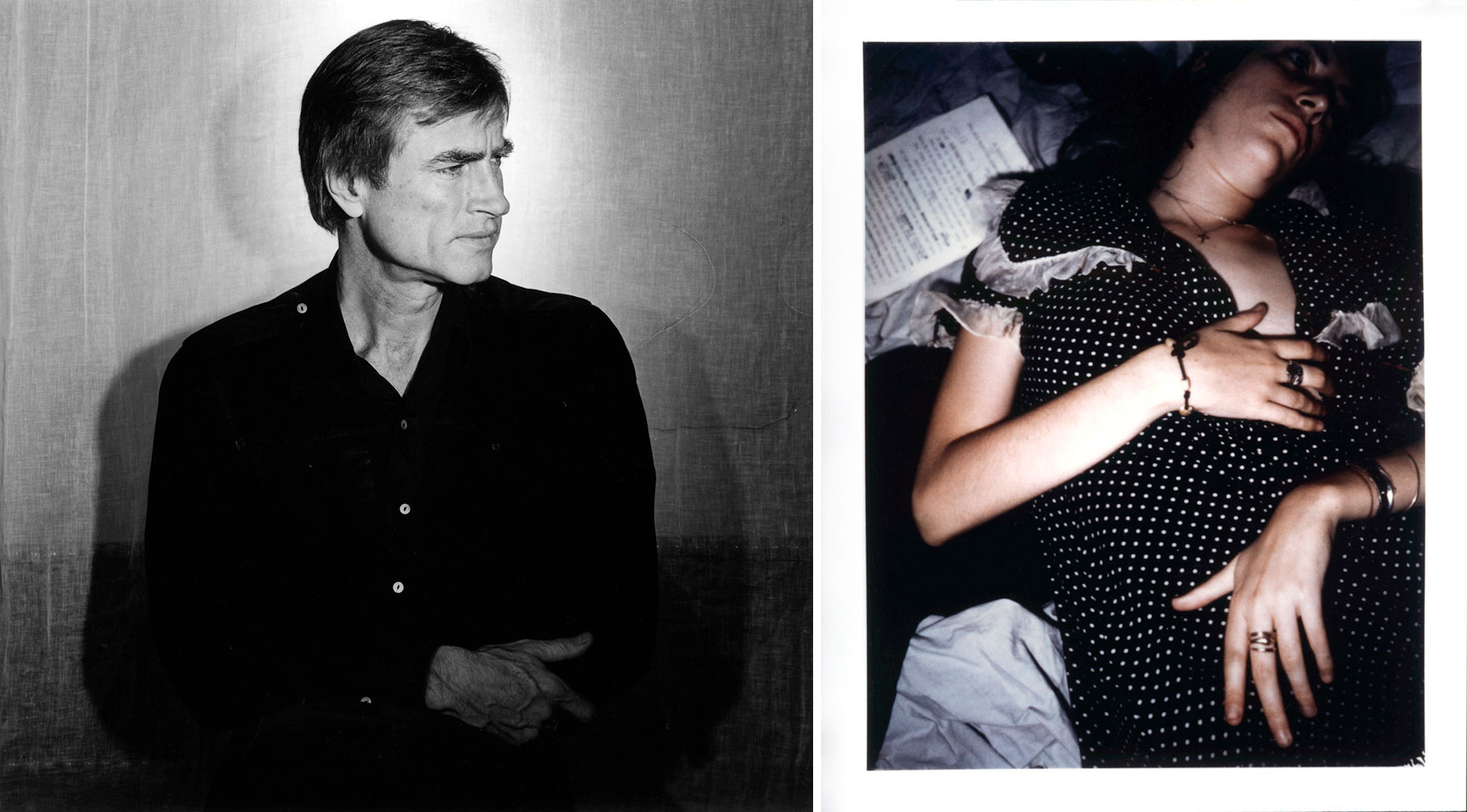
Right: Robert Mapplethorpe, Patti Smith, 1971, Polaroid, 4 1/4 x 3 1/4 inches / 10.8 x 8.3 cm, © Robert Mapplethorpe Foundation, Used by permission, Courtesy Gladstone Gallery, New York/Brussels

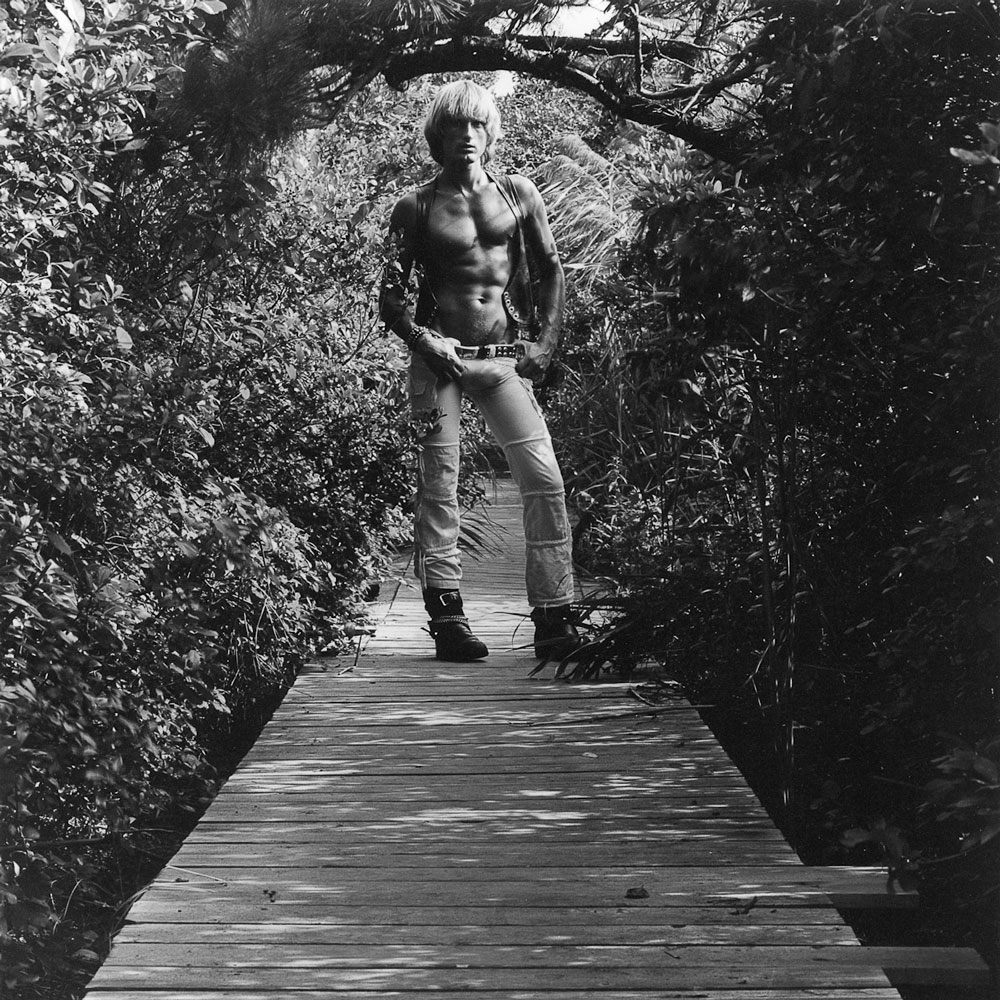
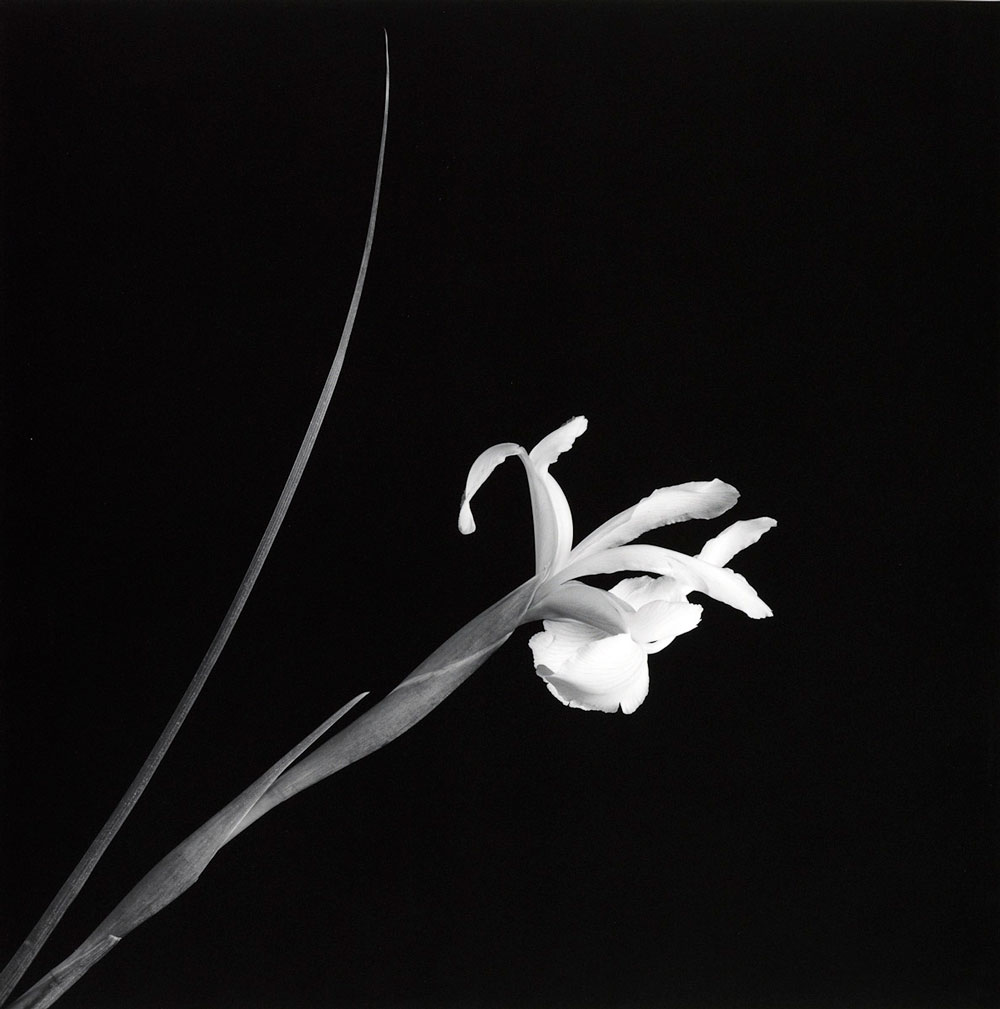
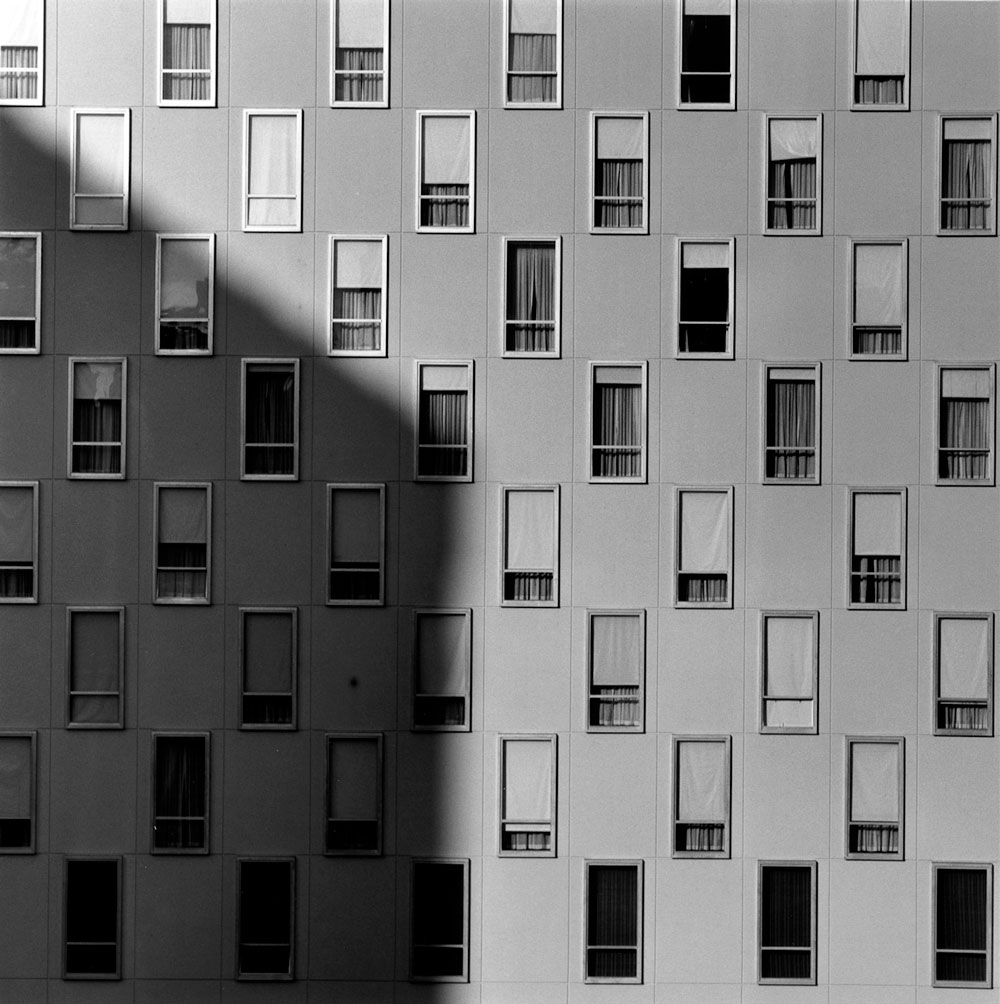




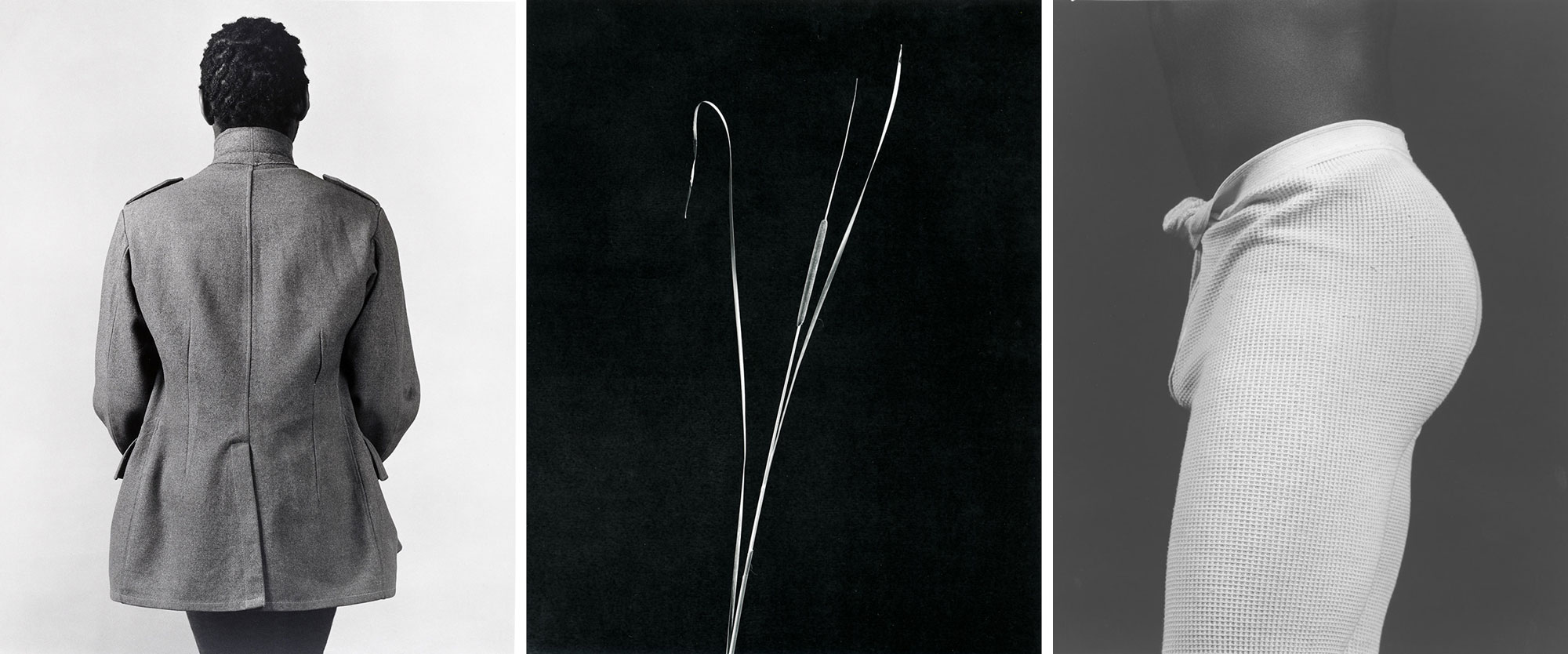
Center: Robert Mapplethorpe, Cattail, 1983, Silver gelatin print, 20 x 16 inches / 50.8 x 40.6 cm, © Robert Mapplethorpe Foundation, Used by permission, Courtesy Gladstone Gallery, New York/Brussels
Right: Robert Mapplethorpe, Michael Spencer, 1983, Silver gelatin print, 20 x 16 inches / 50.8 x 40.6 cm, © Robert Mapplethorpe Foundation, Used by permission, Courtesy Gladstone Gallery, New York/Brussels

